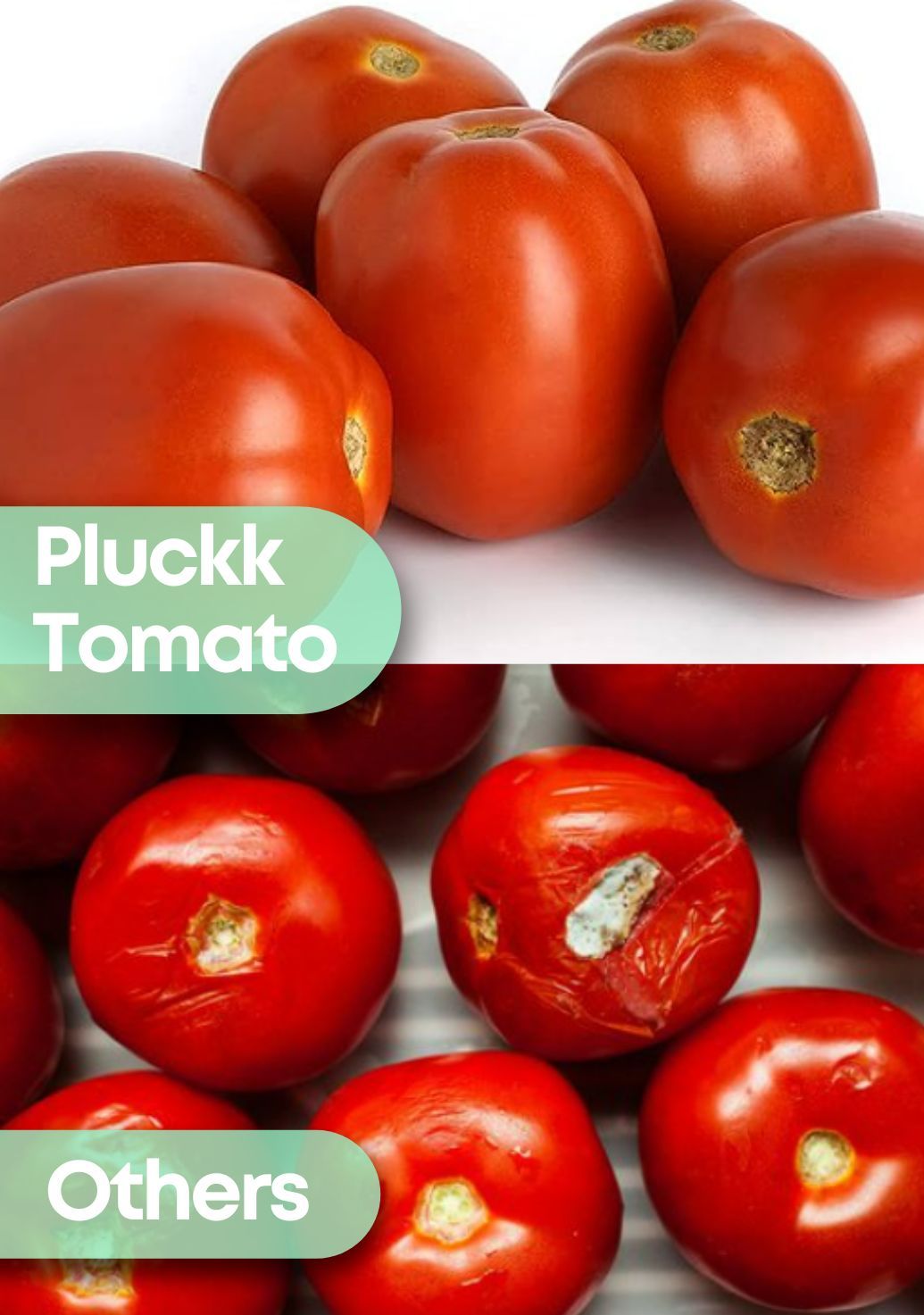
For a better and faster shopping experience, download app
Unkown
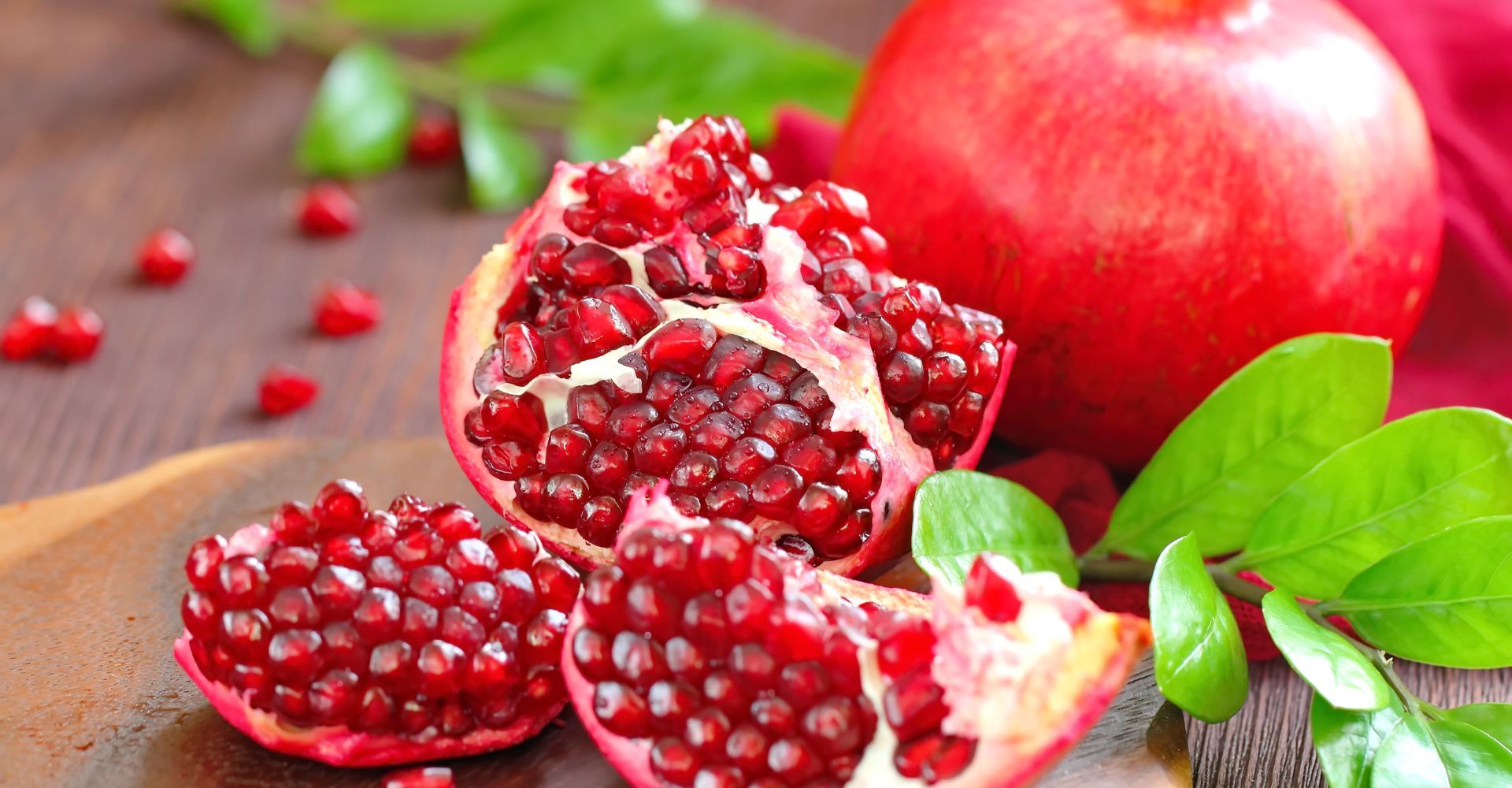
Top 15 Fruits and Vegetables to Lower Blood Pressure Naturally
Introduction:
Hypertension, or high blood pressure, is one of the most common and dangerous health conditions affecting adults over 30. According to the World Health Organization, over 1.28 billion adults worldwide suffer from elevated blood pressure, yet only 1 in 5 have it under control. The American Heart Association warns that uncontrolled hypertension significantly increases the risk of stroke, heart attack, and kidney failure.
But here’s the good news: what you eat can make a massive difference. Studies show that incorporating more fruits and vegetables to reduce hypertension can naturally lower your blood pressure over time.
What if you could start reversing hypertension with your next meal? Let’s explore the top 15 science-backed foods to lower blood pressure naturally.
How Fruits & Vegetables Reduce Hypertension
Eating more fruits and vegetables works on multiple levels to combat high blood pressure:
- Potassium-rich produce helps flush out excess sodium through urine, reducing blood pressure (NIH).
- Nitrates, found in beets and leafy greens, help dilate blood vessels and improve blood flow.
- Antioxidants reduce oxidative stress and inflammation that damage blood vessels.
- Fiber aids in maintaining healthy cholesterol and reducing arterial plaque buildup.
These mechanisms are why the DASH diet (Dietary Approaches to Stop Hypertension) recommends at least 4-5 servings of fruits and vegetables per day.
Top 8 Fruits to Lower Blood Pressure
1. Bananas
Bananas are an excellent source of potassium, a vital mineral that helps maintain proper heart rhythm and fluid balance in the body. High potassium intake can assist in countering the effects of sodium, ultimately leading to lower blood pressure. Bananas also contain fiber and natural sugars that provide steady energy without spiking blood sugar levels.
Serving Tip: Slice into oatmeal, blend into smoothies, or enjoy with a spoonful of almond or peanut butter.
2. Blueberries
These small berries pack a powerful punch of anthocyanins—natural plant pigments with potent antioxidant effects. Blueberries improve endothelial function, enhance arterial elasticity, and have been linked to lower blood pressure in long-term studies. Their low glycemic index also makes them safe for blood sugar regulation.
Study: A Harvard study found that those who consumed the most blueberries had an 8% reduced risk of developing hypertension.
Serving Tip: Add to Greek yogurt, smoothies, or freeze them for a refreshing snack.
3. Pomegranates
Pomegranates are dense in polyphenols—especially tannins and anthocyanins—that promote nitric oxide availability and improve vascular health. Regular consumption of pomegranate juice has been shown to significantly reduce systolic and diastolic blood pressure in both healthy individuals and those with hypertension.
Serving Tip: Drink freshly squeezed pomegranate juice or sprinkle the arils over salads, grain bowls, or desserts.
4. Kiwis
Kiwis are rich in lutein, vitamin C, potassium, and fiber. Their high antioxidant content reduces oxidative stress in blood vessels, which helps regulate blood pressure. One study showed that eating three kiwis daily resulted in lower systolic blood pressure compared to eating apples.
Serving Tip: Peel and eat as is, slice into salads, or blend into green smoothies.
5. Watermelon
Watermelon is abundant in citrulline, an amino acid that converts into nitric oxide in the body. Nitric oxide helps expand blood vessels, thus enhancing blood flow and reducing blood pressure. Its high water content also promotes hydration, which is essential for heart health.
Serving Tip: Cube and chill for a hydrating snack, or juice with a hint of lime and mint.
6. Avocados
Avocados provide a double benefit: high levels of potassium and heart-healthy monounsaturated fats. These nutrients work together to lower LDL (bad) cholesterol and support blood vessel integrity, both of which are important for maintaining optimal blood pressure levels.
Serving Tip: Mash into guacamole, layer on toast, or slice into salads and sandwiches.
7. Oranges
In addition to being high in vitamin C and antioxidants, oranges also contain a moderate amount of potassium and dietary fiber. These elements work to reduce inflammation and support proper blood circulation.
Serving Tip: Enjoy as a snack, squeeze into fresh juice (without added sugar), or use zest and segments in salads.
8. Grapes
Grapes contain resveratrol, flavonoids, and a range of antioxidants known to support endothelial function and reduce inflammation in blood vessels. Regular grape consumption has been shown to improve heart rate variability and reduce blood pressure over time.
Serving Tip: Eat them fresh, freeze for a summer treat, or toss into chicken or green salads.
Top 7 Vegetables to Reverse Hypertension Naturally
1. Spinach
Spinach is incredibly nutrient-dense, offering potassium, magnesium, iron, and plant-based nitrates—all of which support reduced blood pressure. Its high nitrate content helps increase nitric oxide levels in the blood, which dilates blood vessels and promotes efficient blood flow.
Recipe Idea: Add to soups, blend into smoothies, or sauté with garlic and olive oil.
2. Beetroot
Beetroot are rich in dietary nitrates, which are converted into nitric oxide—a compound that dilates arteries and improves circulation. Consuming beetroot juice or cooked beets has been associated with rapid reductions in systolic and diastolic pressure.
Study: A study published in the Hypertension Journal in 2015 demonstrated that daily beetroot juice significantly lowered blood pressure in hypertensive individuals.
Recipe Tip: Roast in the oven, juice with apples and ginger, or grate raw into salads.
3. Garlic
Garlic’s power lies in its sulfur-containing compound allicin, which has potent vasodilating effects. It improves blood flow, relaxes arteries, and supports reduced blood pressure levels. Regular consumption has also been linked to lower cholesterol and improved immunity.
Serving Tip: Mince fresh garlic and let it sit for 10 minutes before cooking to maximize allicin potency. Add to soups, dressings, or sauces.
4. Sweet Potatoes
Sweet potatoes offer a wealth of potassium, magnesium, and dietary fiber—all of which contribute to lower blood pressure. Their natural sweetness makes them a healthy, blood sugar-friendly carb choice.
Recipe Idea: Bake whole with skin, mash with a bit of olive oil and herbs, or roast with paprika and cinnamon.
5. Broccoli
Broccoli is packed with flavonoids, sulforaphane, fiber, and antioxidants that work synergistically to protect blood vessels from damage. Regular broccoli consumption is linked to improved vascular health and reduced arterial stiffness.
Serving Tip: Steam lightly, stir-fry with sesame oil, or add to pasta dishes and casseroles.
6. Tomatoes
Tomatoes are an abundant source of lycopene, a powerful antioxidant shown to lower systolic blood pressure by reducing oxidative stress and inflammation in arteries. Cooked tomatoes offer even more bioavailable lycopene.
Serving Tip: Enjoy fresh in salads, or cook into sauces and soups for enhanced heart-protective benefits.
7. Celery
Celery contains phthalides, plant compounds that relax smooth muscles in artery walls, allowing blood to flow more freely. It also contains potassium and fiber, making it an excellent addition to a heart-healthy diet.
Serving Tip: Eat raw with hummus, add to stir-fries and soups, or juice with apples and cucumbers.
Bonus Tips to Support Blood Pressure Naturally
- Follow the DASH Diet: Focus on whole foods, lean proteins, and reduce sodium intake.
- Limit Processed Foods: Packaged snacks, deli meats, and restaurant meals often contain hidden sodium.
- Use Natural Flavor Boosters: Herbs, garlic, lemon, and vinegar instead of salt.
- Stay Hydrated: Dehydration can elevate blood pressure.
- Exercise Regularly: Physical activity enhances the effects of a hypertension-friendly diet.
Conclusion: Eat Your Way to Better Blood Pressure
Managing high blood pressure doesn’t have to mean cutting everything out. Instead, add more of the good stuff. Start with just 2–3 servings of these fruits and vegetables to reduce hypertension each day and build from there.
It’s not about a short-term fix. It’s about creating lasting habits that your heart will thank you for.
Image suggestion: A vibrant plate featuring sliced beets, kiwi, spinach, blueberries, and sweet potato mash — labeled "Nature's Prescription for Hypertension."
FAQs
Can you reverse hypertension with diet alone? If caught early, many people can manage and even reverse hypertension naturally through dietary changes, exercise, and stress reduction. However, always consult your doctor.
How fast do these foods work? Some, like beets and spinach, can reduce BP within hours. Long-term benefits are seen over weeks to months of consistent intake.
What’s the most important nutrient for blood pressure? Potassium is key, as it balances sodium. Fiber, antioxidants, and nitrates also play vital roles.
What if I don’t like cooking? Buy frozen berries, pre-washed greens, and keep a few ready-to-eat fruits handy. Smoothies are an easy and delicious way to boost intake.
Start today. Add at least 3 of these fruits and vegetables to your meals and feel the difference.
Large sized, deep green skin with creamy flesh, buttery and nutty taste
- 1 Pc (180+ gms)
- 2 Pc (180+ g per pc)
₹131
Firm, juicy, and uniform orange color with sweet & citrusy flavor
- 4 Pcs (700-750 Gms)
- 2 Pc (350-400 Gms)
₹119
Dried garlic bulbs: white cloves, strong pungent taste, and aroma
- 100 Gms
- 250 Gms








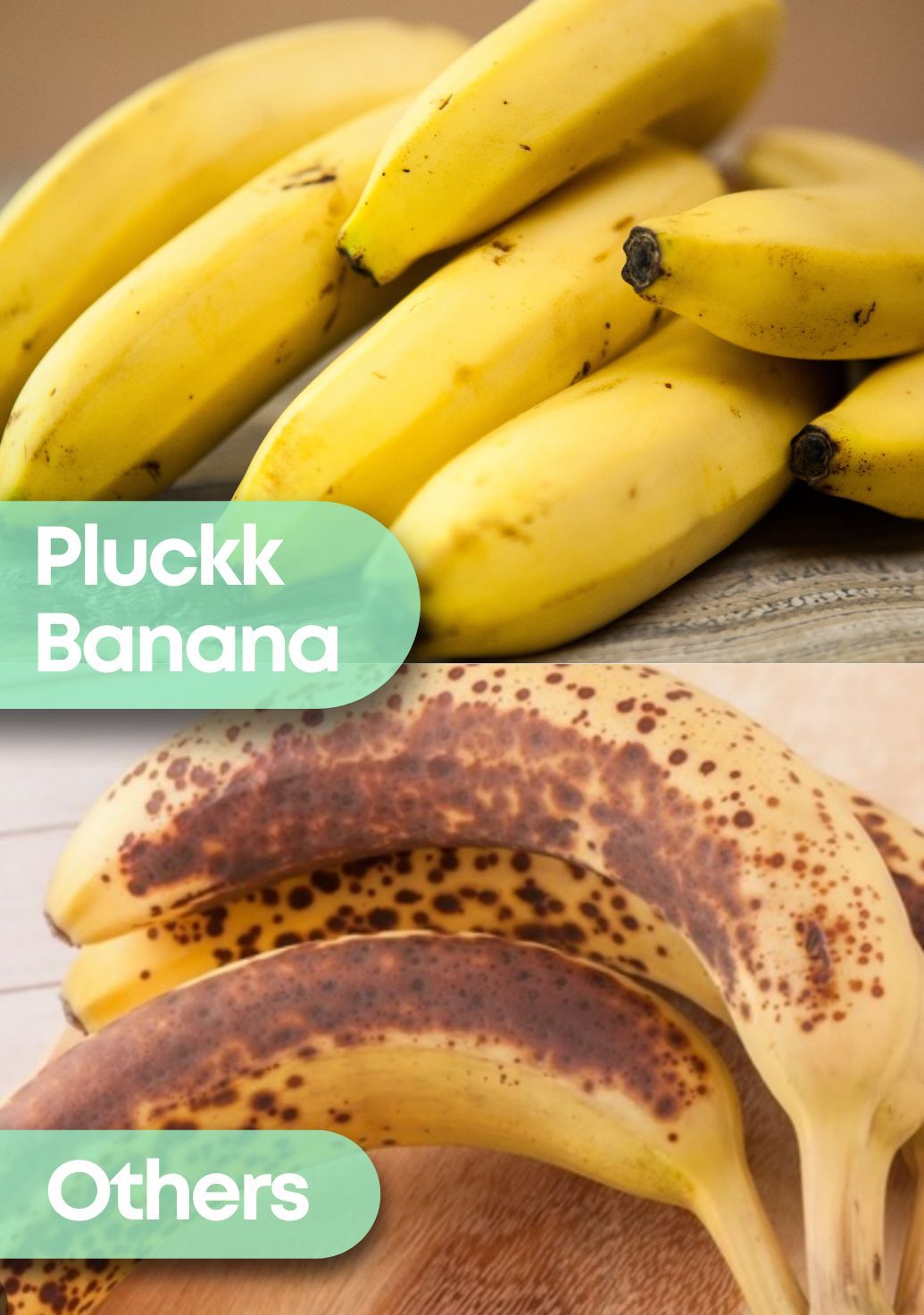

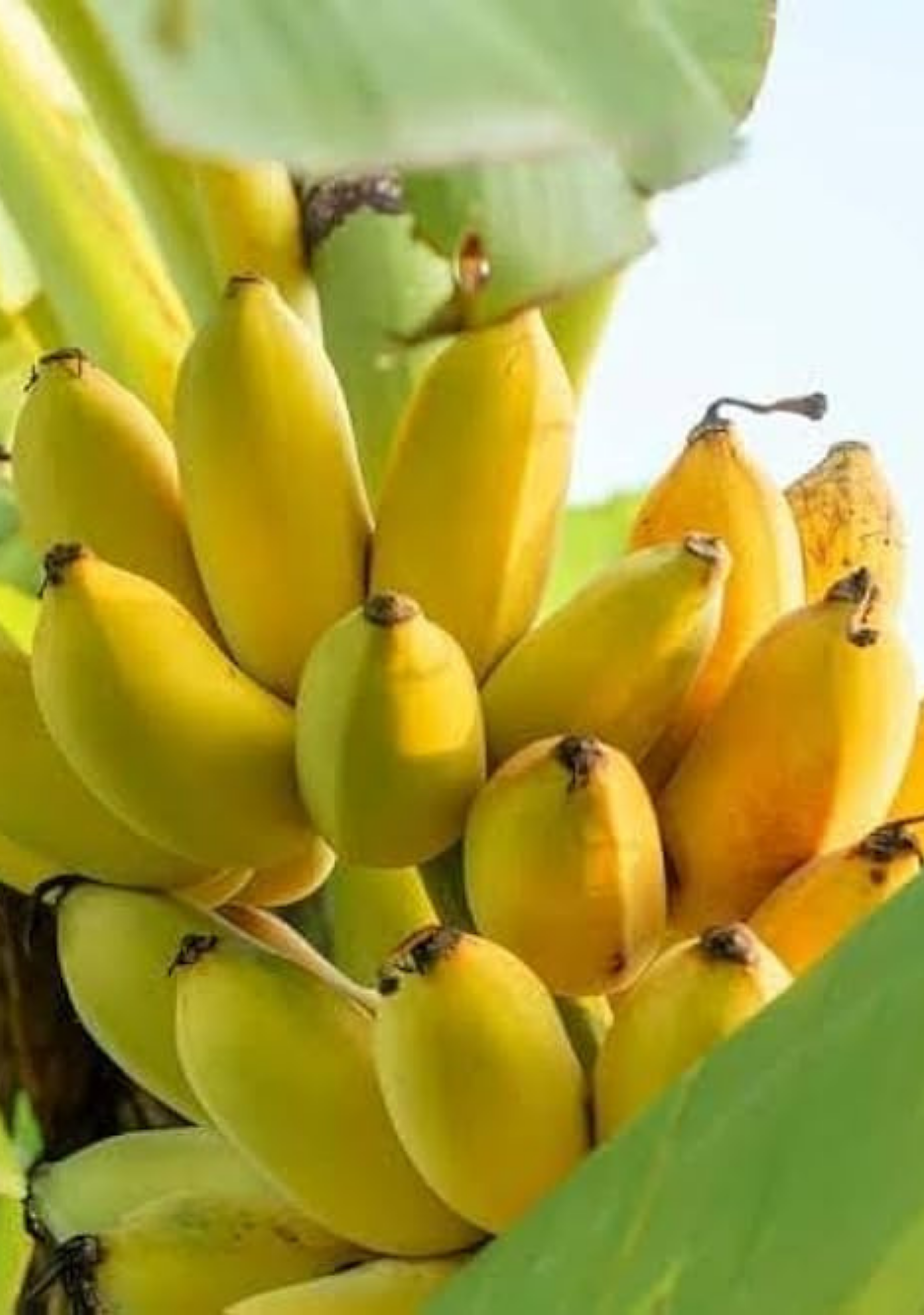


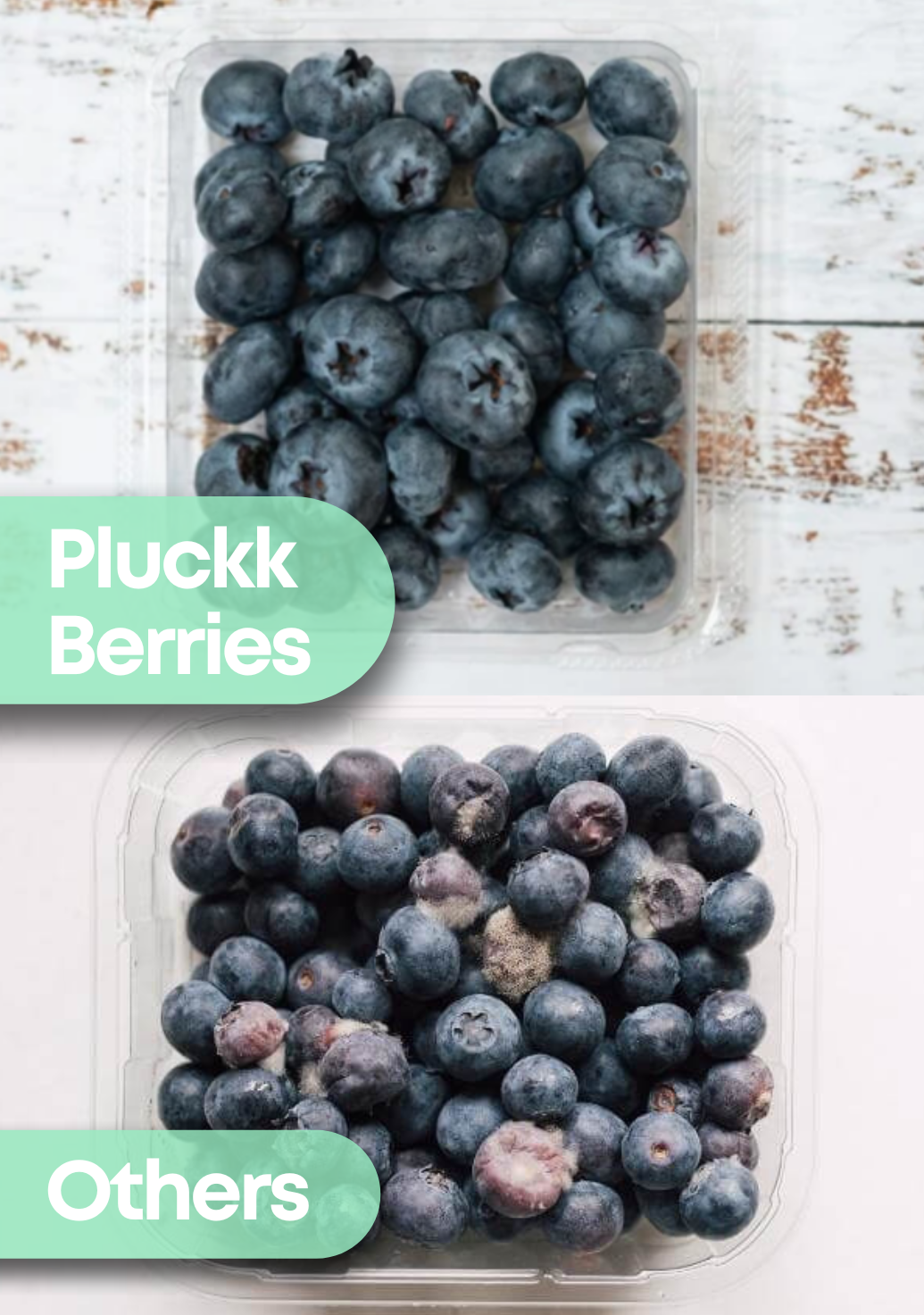
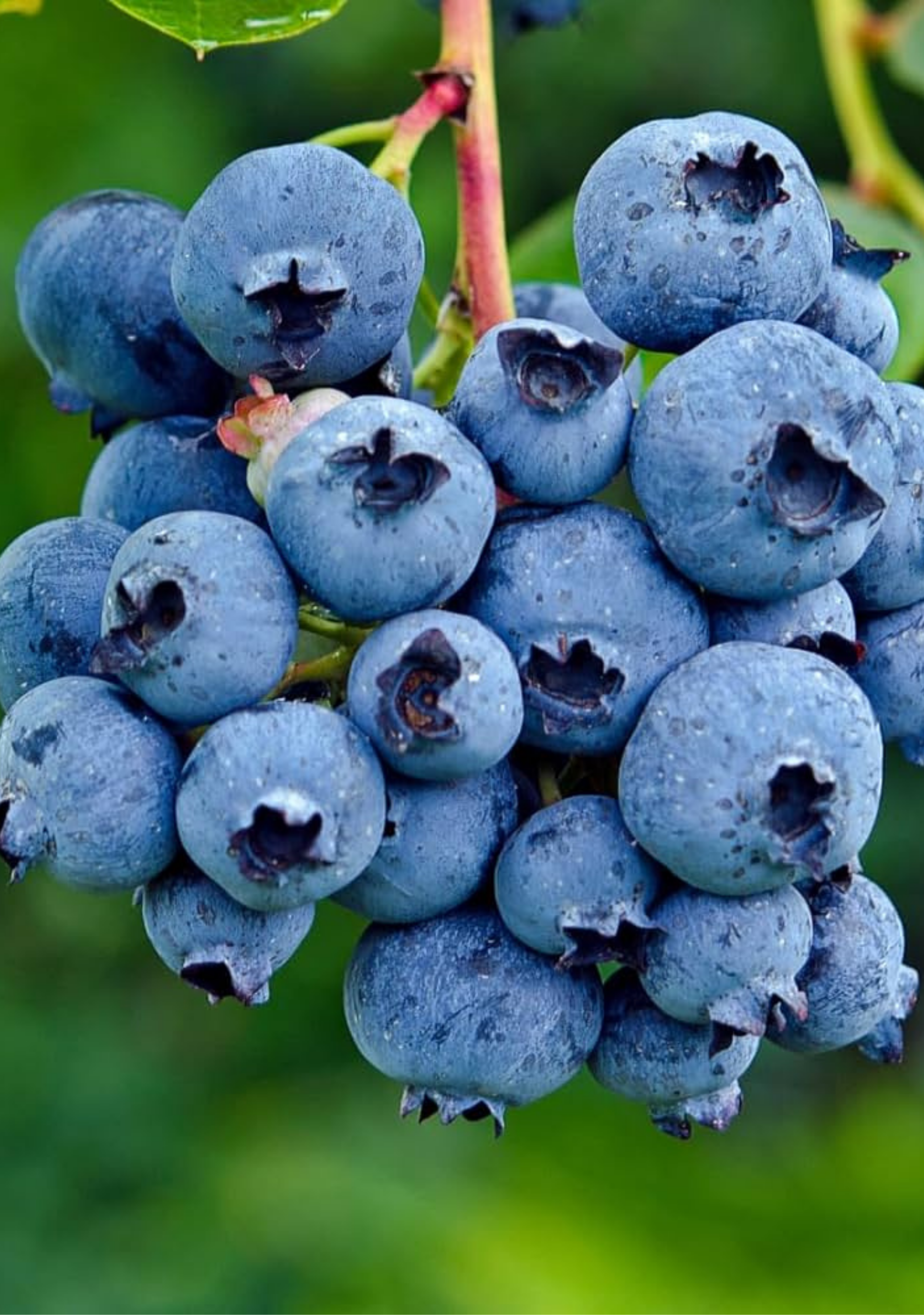
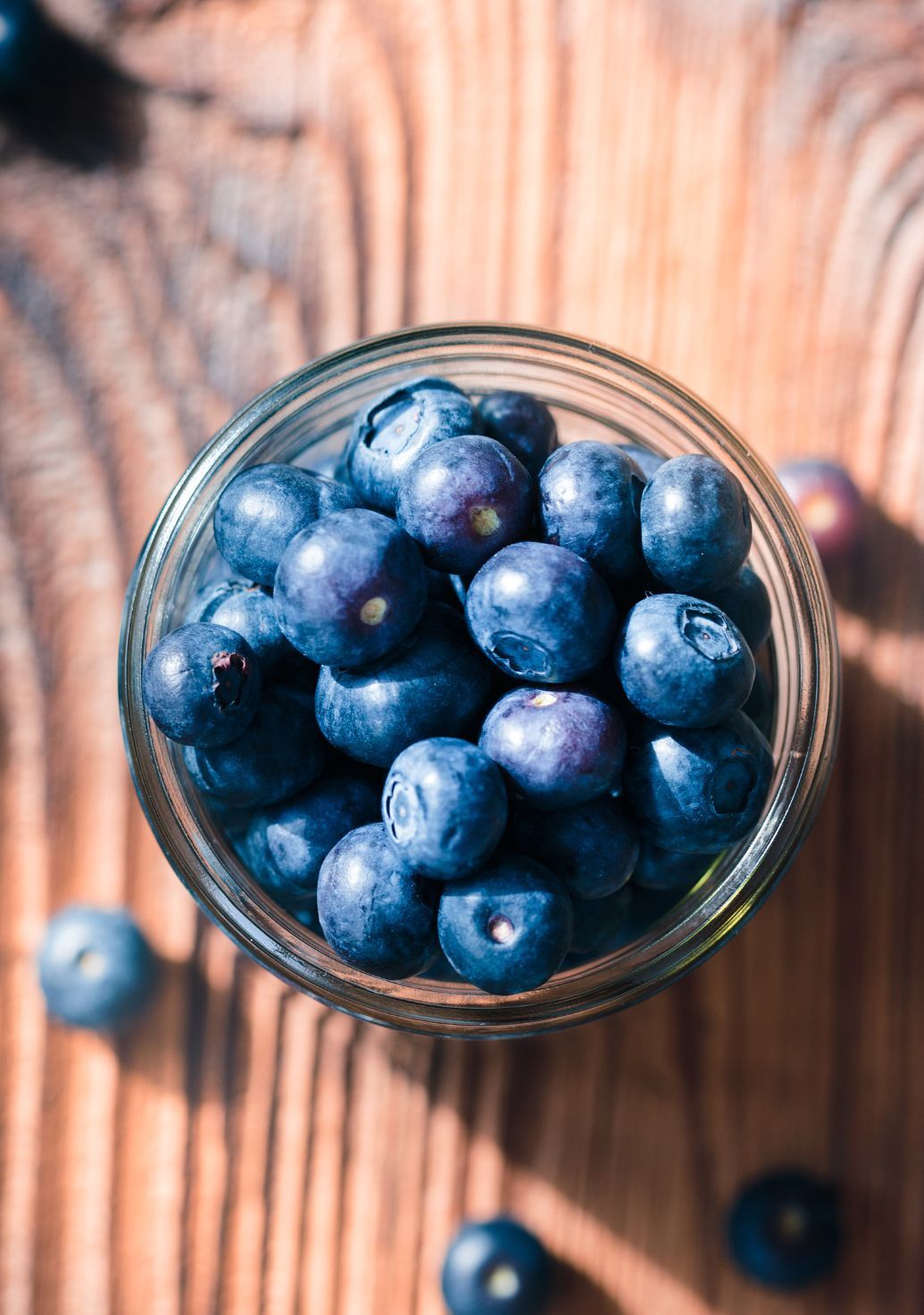
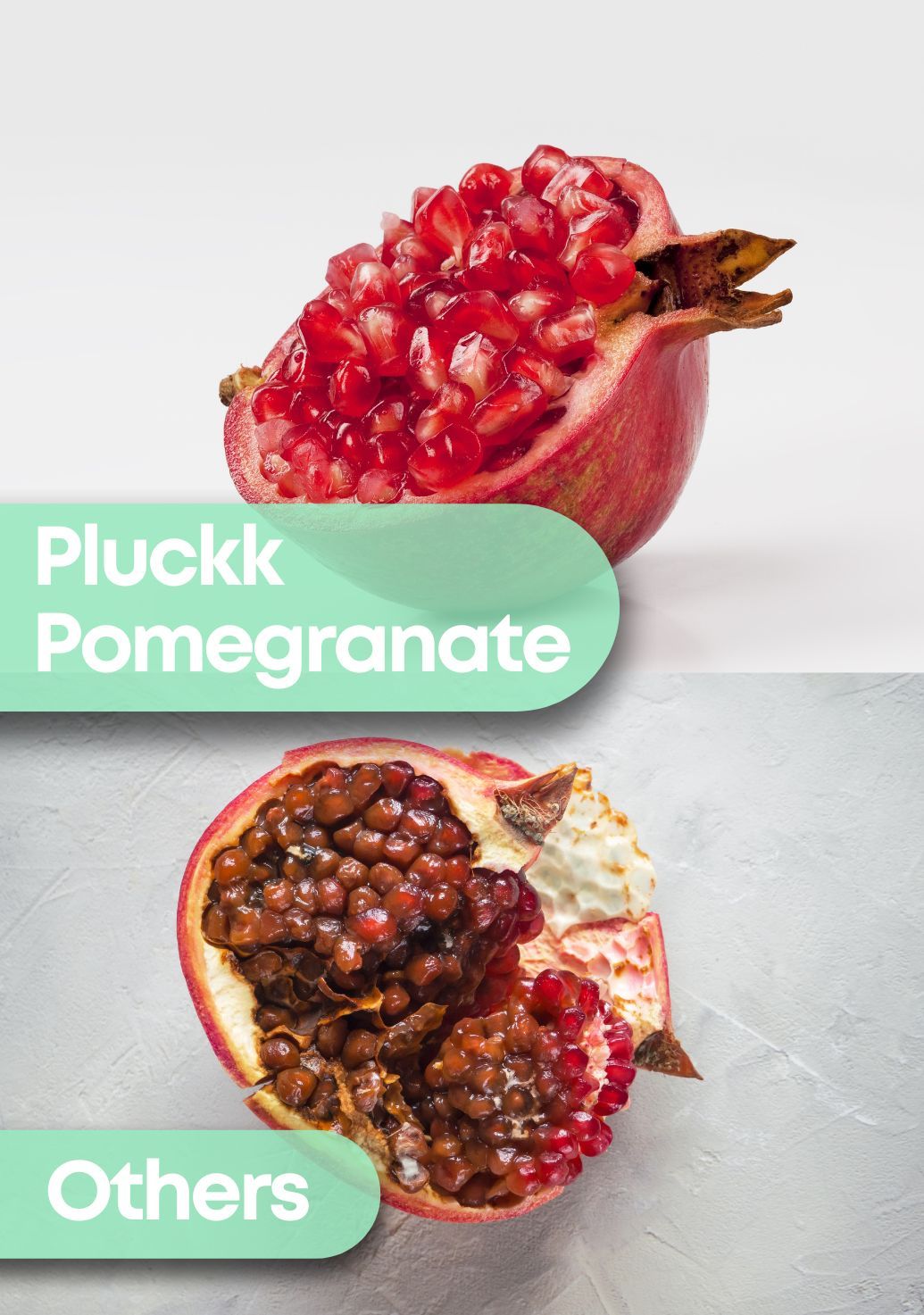
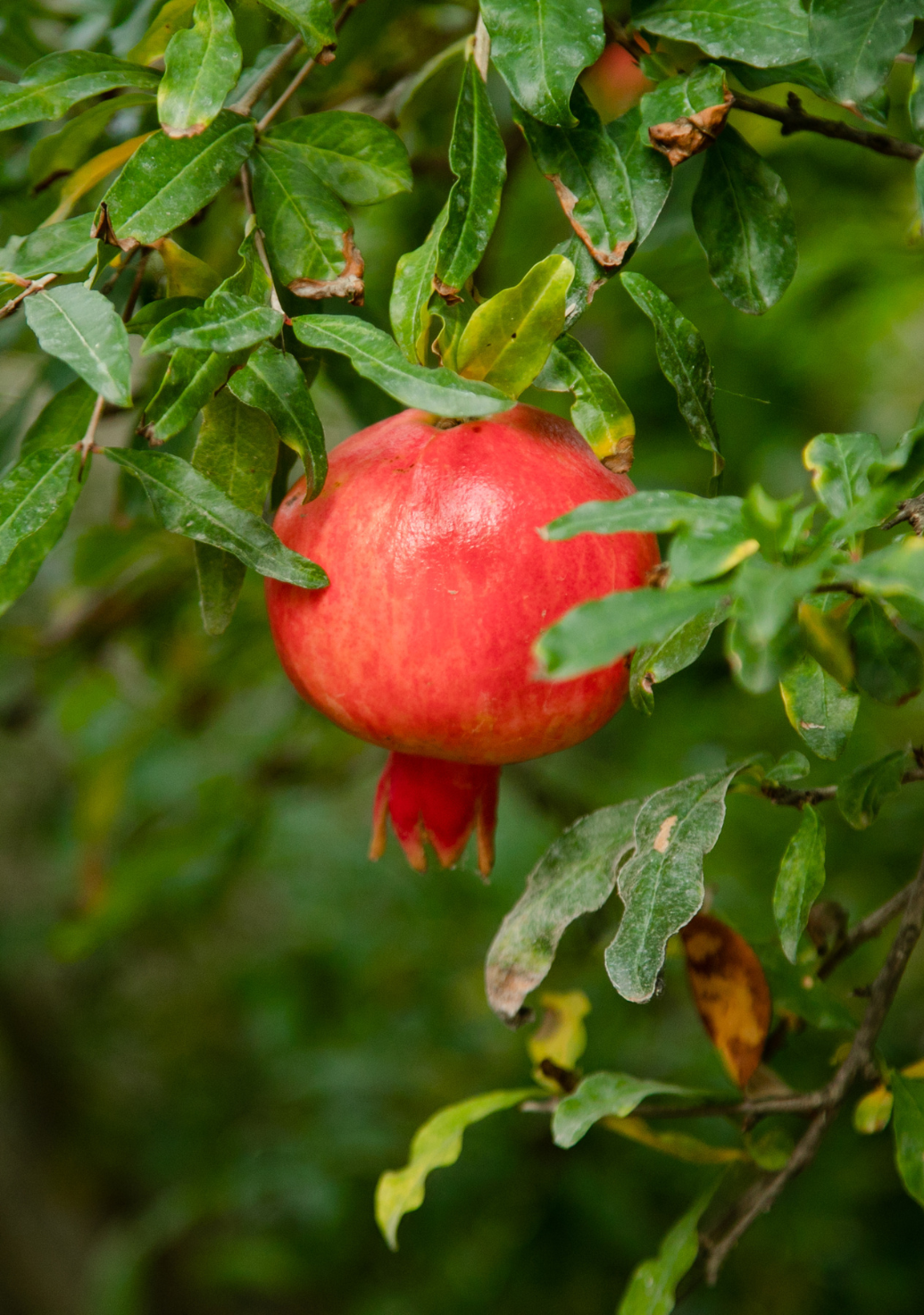
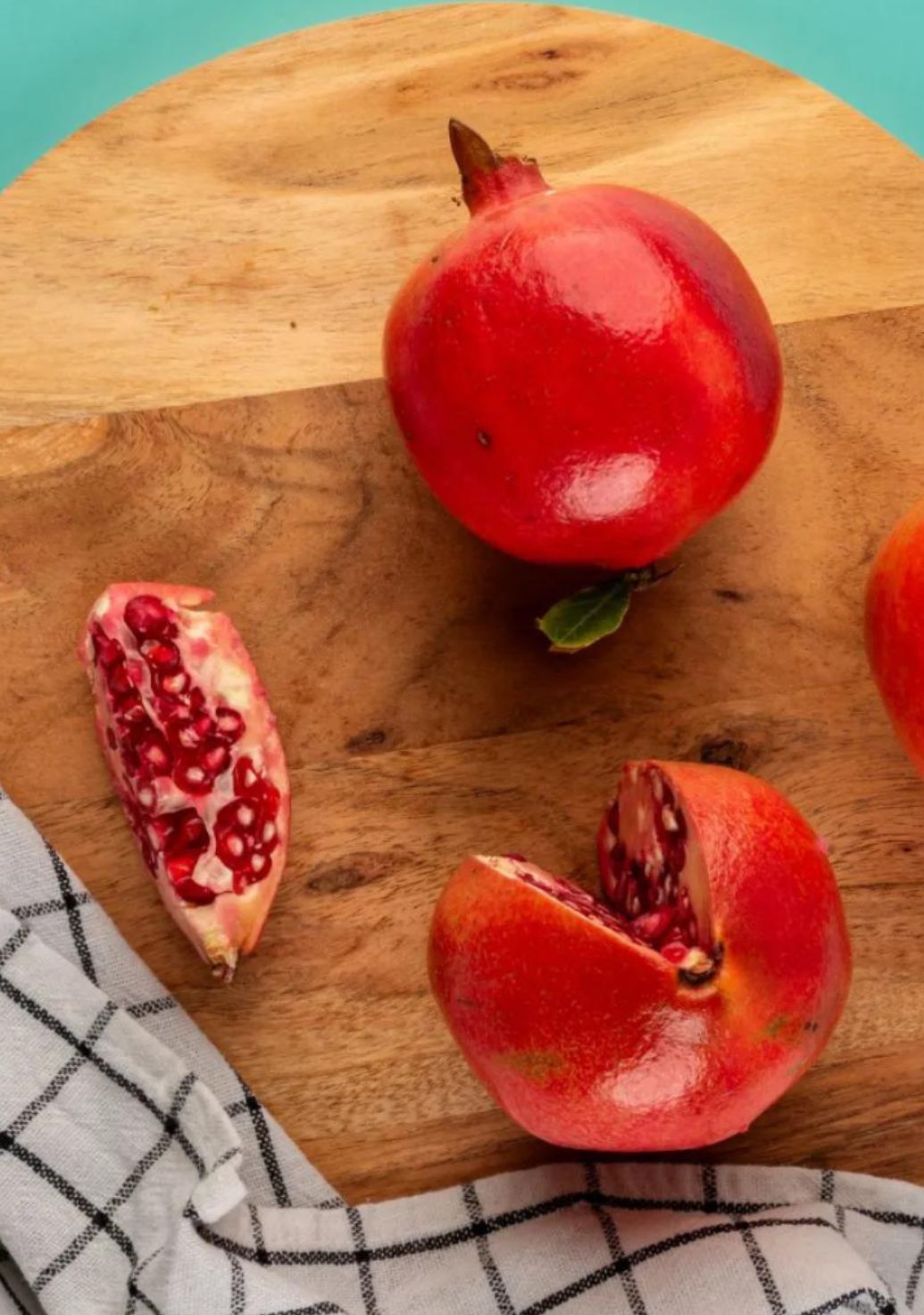
![Kiwi Green [Imported]img 4 Kiwi Green [Imported]img 4](https://im.pluckk.in/unsafe/1053x0/uploads/new_sku_designs_v3/242221220AF/4.jpg)
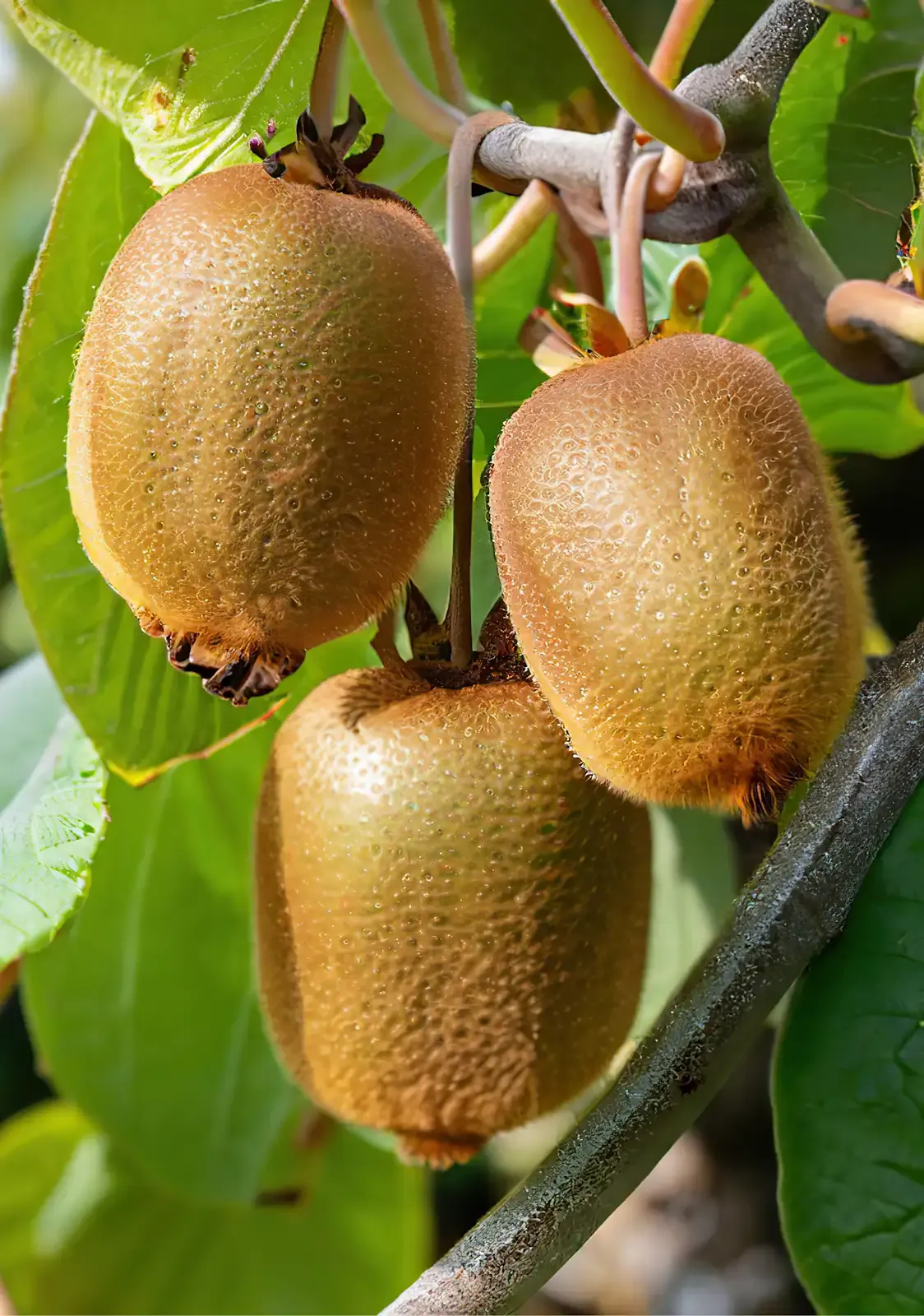
![Kiwi Green [Imported]img 1 Kiwi Green [Imported]img 1](https://im.pluckk.in/unsafe/1053x0/uploads/new_sku_designs_v3/242221220AF/1.jpg)
![Kiwi Green [Imported]img 5 Kiwi Green [Imported]img 5](https://im.pluckk.in/unsafe/1035x0/uploads/27814-vertical-images-sku-48.jpg)
![Kiwi Green [Imported]img 2 Kiwi Green [Imported]img 2](https://im.pluckk.in/unsafe/1053x0/uploads/new_sku_designs_v3/242221220AF/2.jpg)
![Kiwi Green [Imported]img 3 Kiwi Green [Imported]img 3](https://im.pluckk.in/unsafe/1053x0/uploads/new_sku_designs_v3/242221220AF/3.jpg)

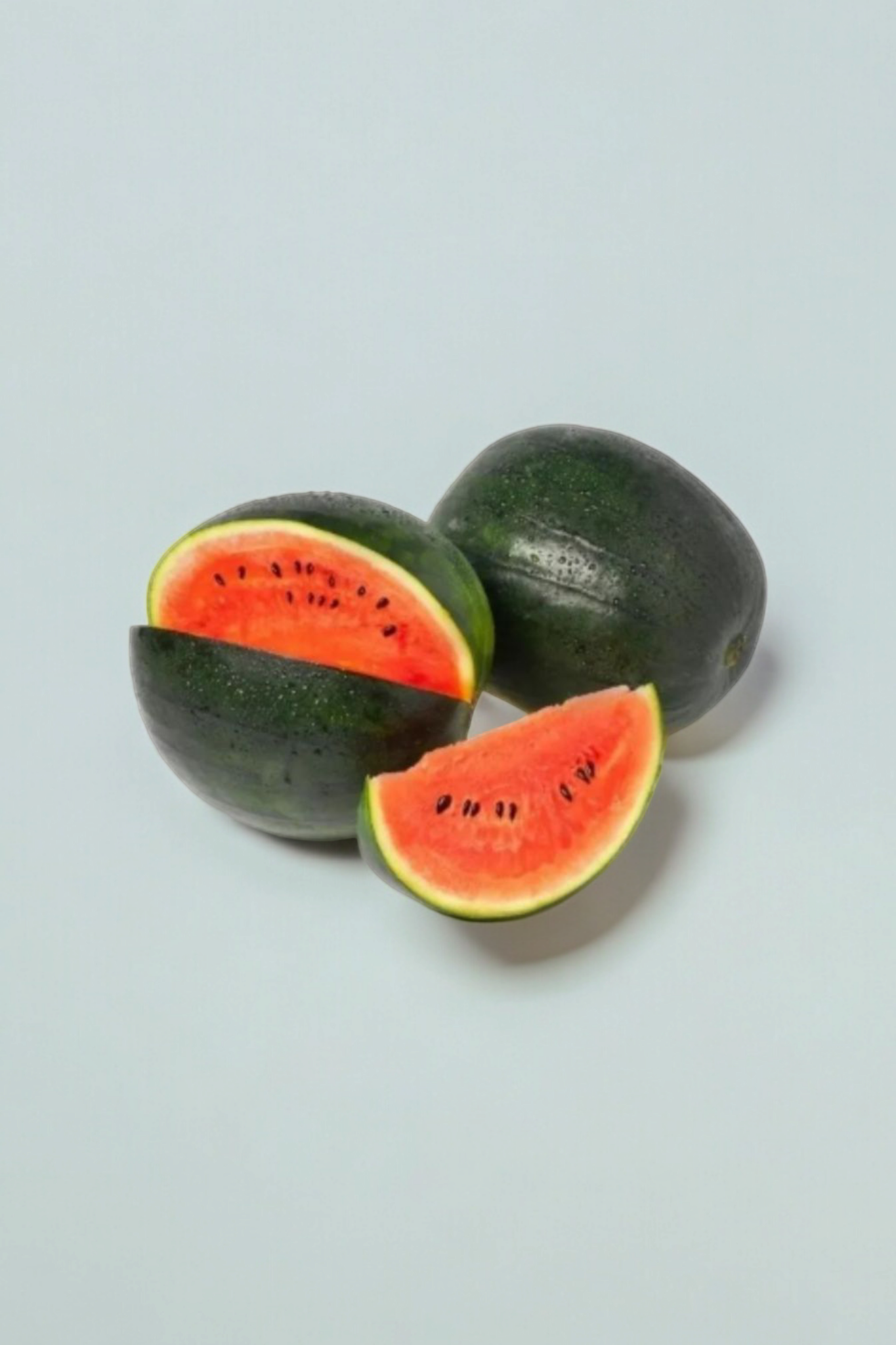
![Premium Avocado Hass [Imported]img 1 Premium Avocado Hass [Imported]img 1](https://im.pluckk.in/unsafe/1053x0/uploads/new_sku_designs_v3/241224370AL/1.jpg)
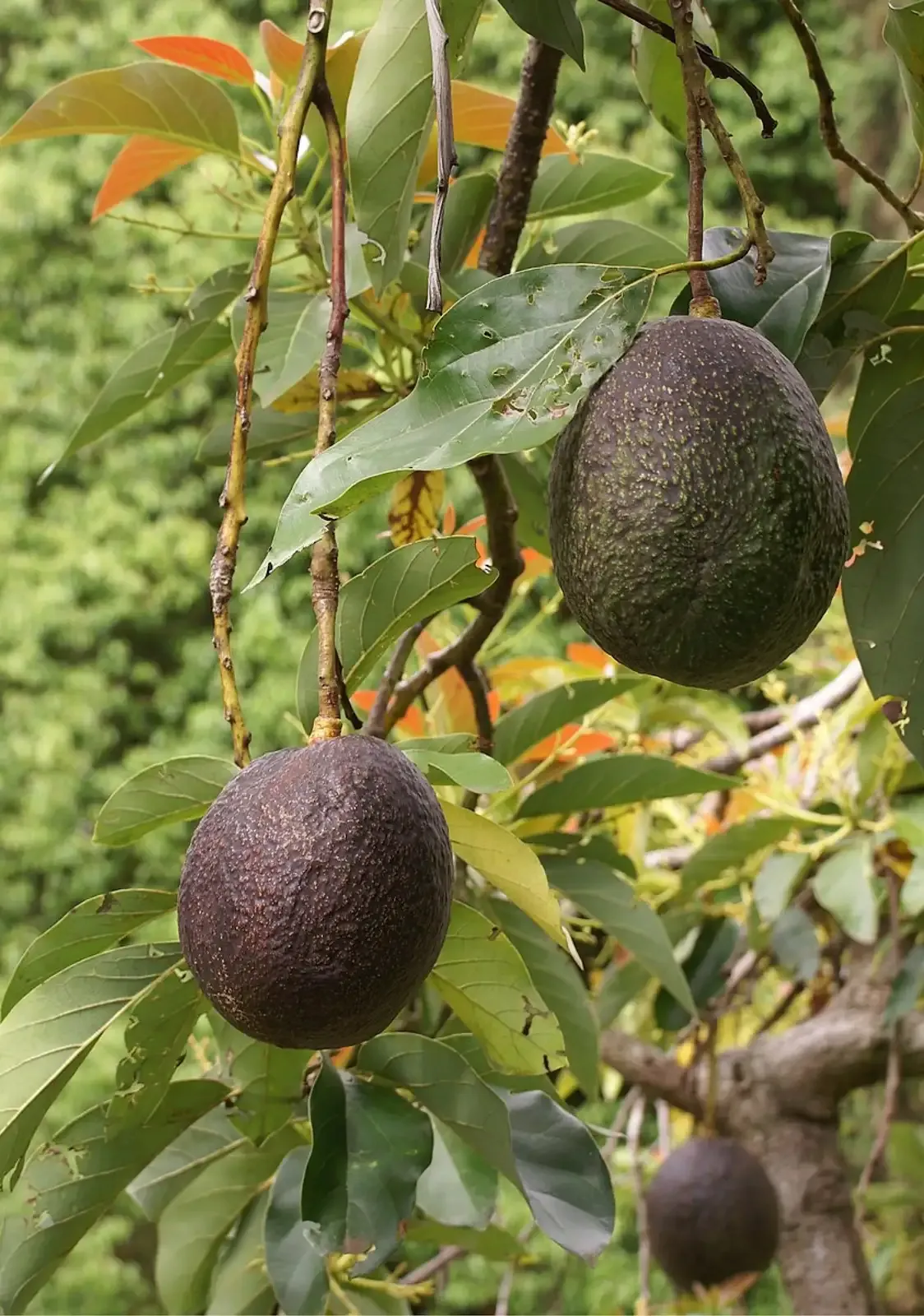
![Orange Valencia [Imported]img 5 Orange Valencia [Imported]img 5](https://im.pluckk.in/unsafe/1053x0/uploads/new_sku_designs_v3/242121266AA/5.jpg)
![Orange Valencia [Imported]img 1 Orange Valencia [Imported]img 1](https://im.pluckk.in/unsafe/1053x0/uploads/new_sku_designs_v3/242121266AA/1.jpg)

![Orange Valencia [Imported]img 2 Orange Valencia [Imported]img 2](https://im.pluckk.in/unsafe/1053x0/uploads/new_sku_designs_v3/242121266AA/2.jpg)
![Orange Valencia [Imported]img 3 Orange Valencia [Imported]img 3](https://im.pluckk.in/unsafe/1053x0/uploads/new_sku_designs_v3/242121266AA/3.jpg)
![Grape Red Globe [Imported]img 1 Grape Red Globe [Imported]img 1](https://im.pluckk.in/unsafe/1035x0/uploads/26072-vertical-images-sku-26.jpg)
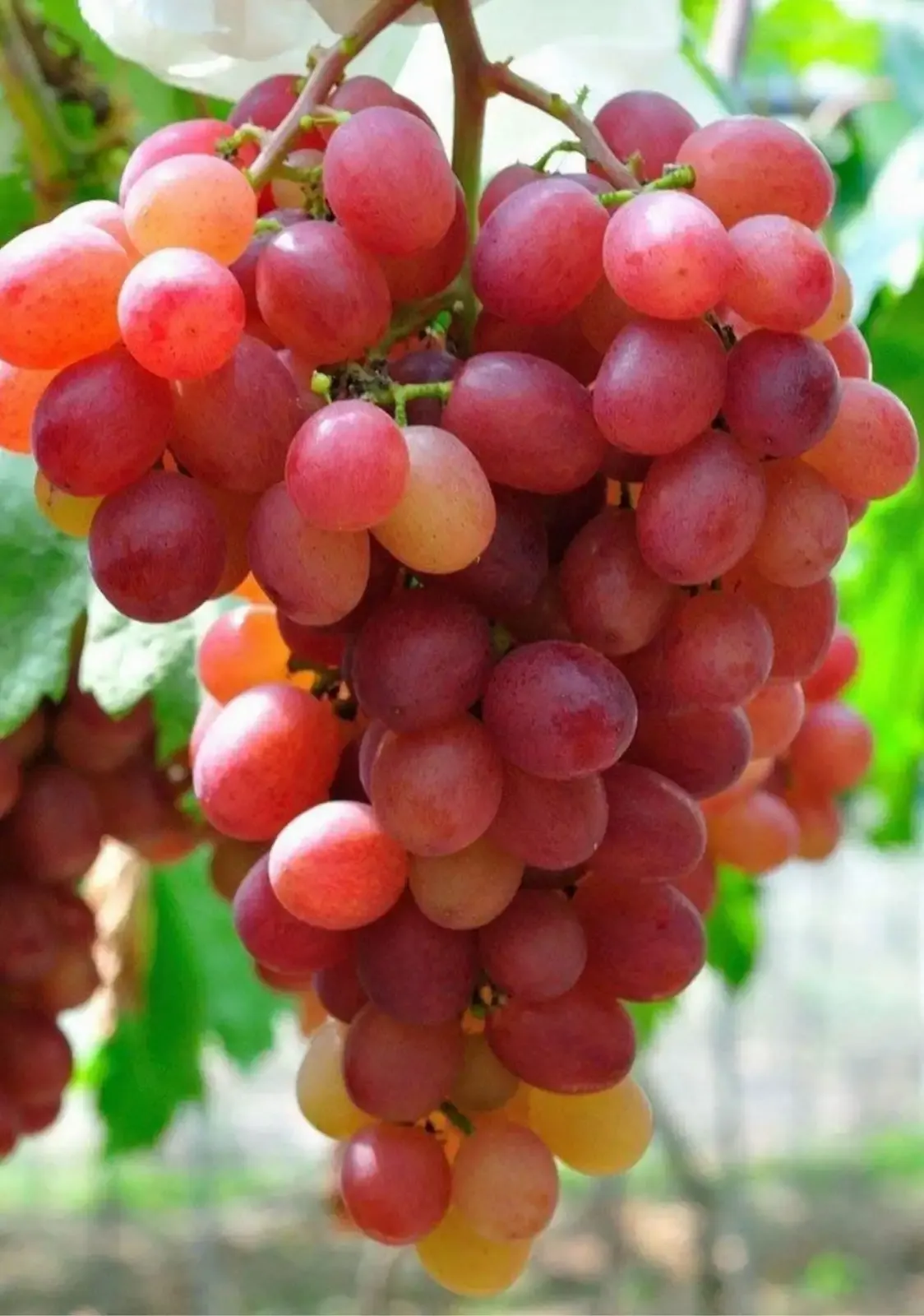
![Beetroot [Chukandar]img 3 Beetroot [Chukandar]img 3](https://im.pluckk.in/unsafe/1035x0/uploads/new_sku_designs_v3/111111140AL/3.jpg)
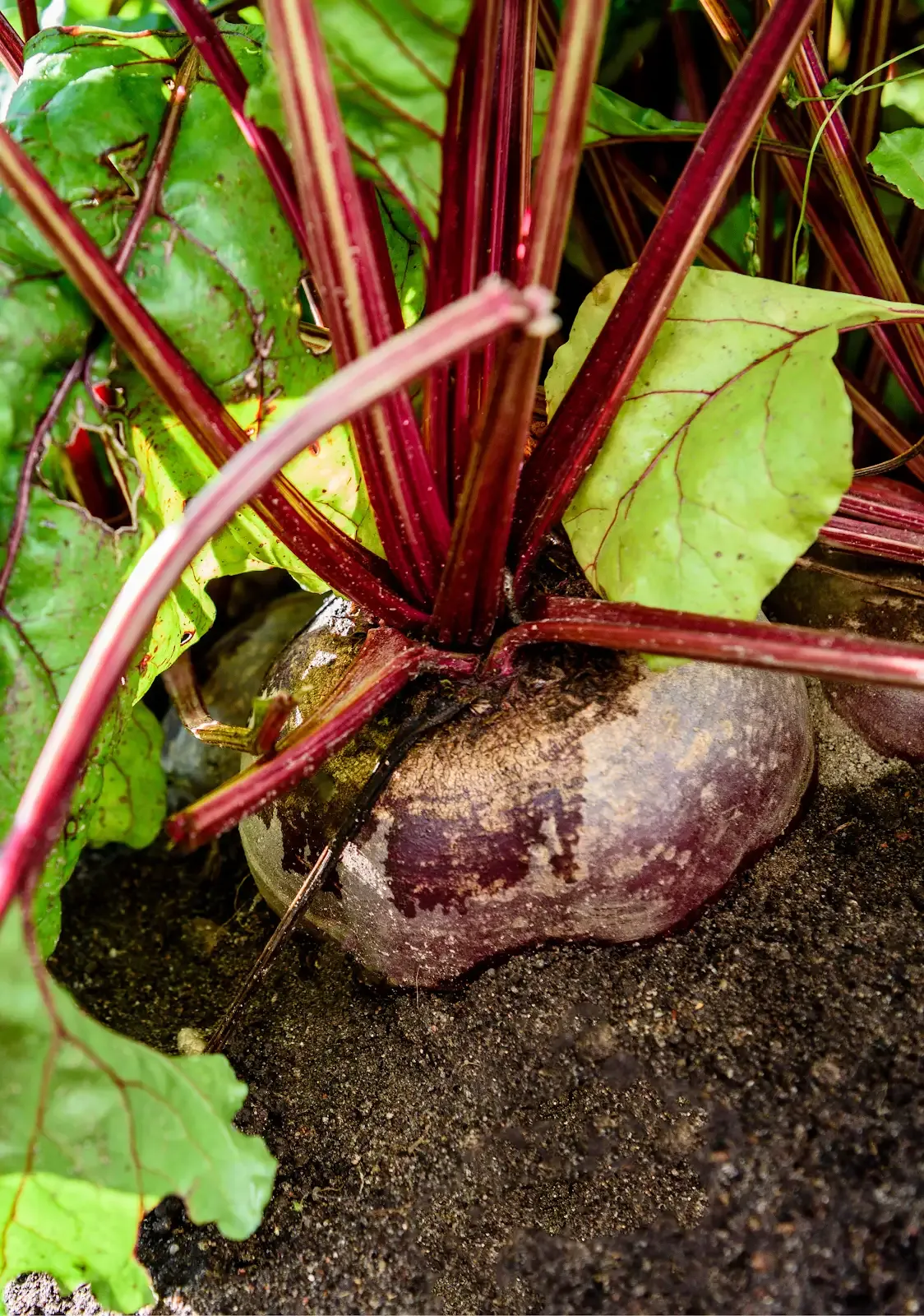
![Beetroot [Chukandar]img 1 Beetroot [Chukandar]img 1](https://im.pluckk.in/unsafe/1032x0/uploads/new_sku_designs_v3/111111140AL/1.jpg)
![Beetroot [Chukandar]img 2 Beetroot [Chukandar]img 2](https://im.pluckk.in/unsafe/1035x0/uploads/new_sku_designs_v3/111111140AL/2.jpg)
![Garlic [Lehsun]img 2 Garlic [Lehsun]img 2](https://im.pluckk.in/unsafe/1032x0/uploads/new_sku_designs_v3/111111199AB/2.jpg)
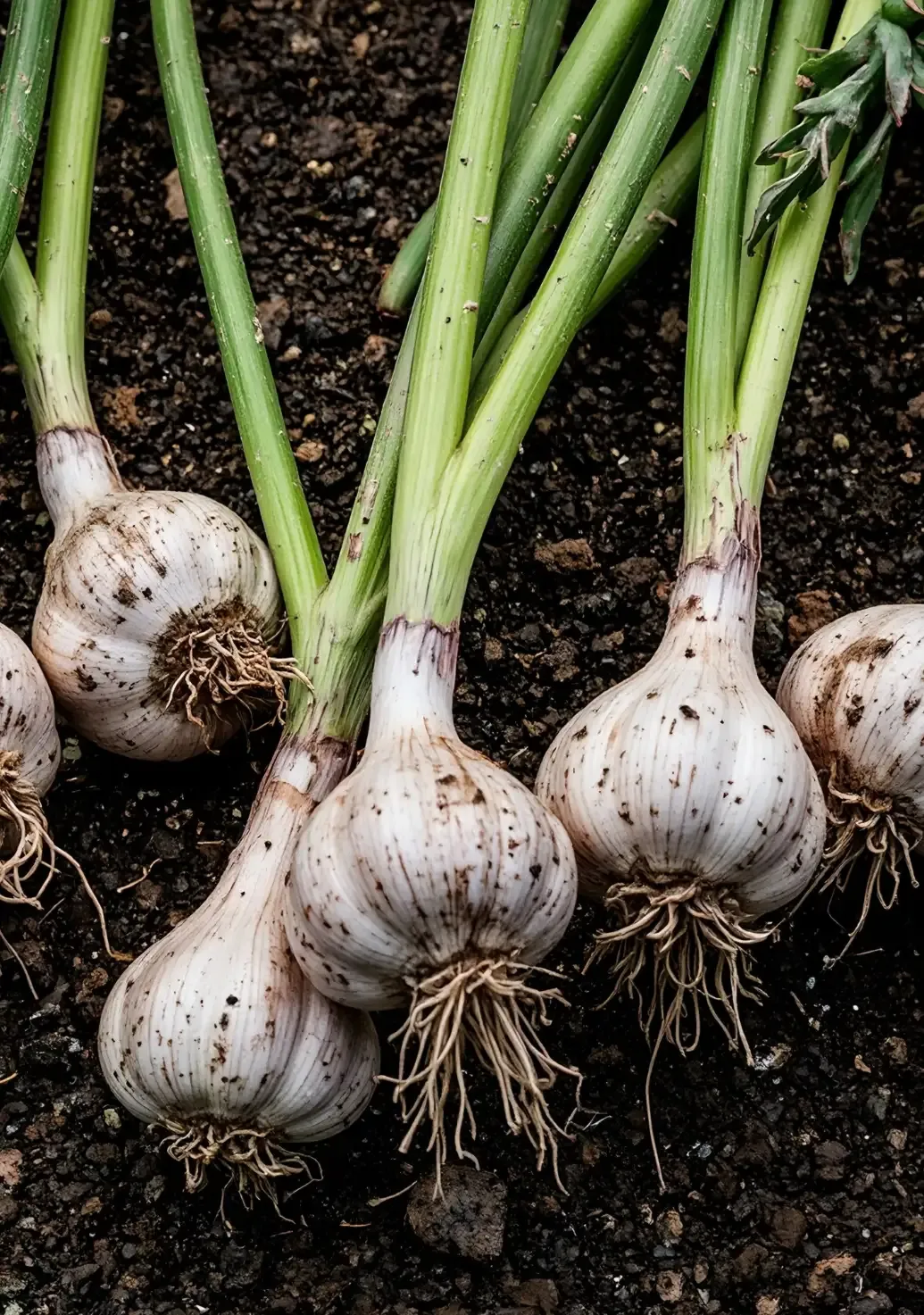
![Garlic [Lehsun]img 1 Garlic [Lehsun]img 1](https://im.pluckk.in/unsafe/1032x0/uploads/new_sku_designs_v3/111111199AB/1.jpg)

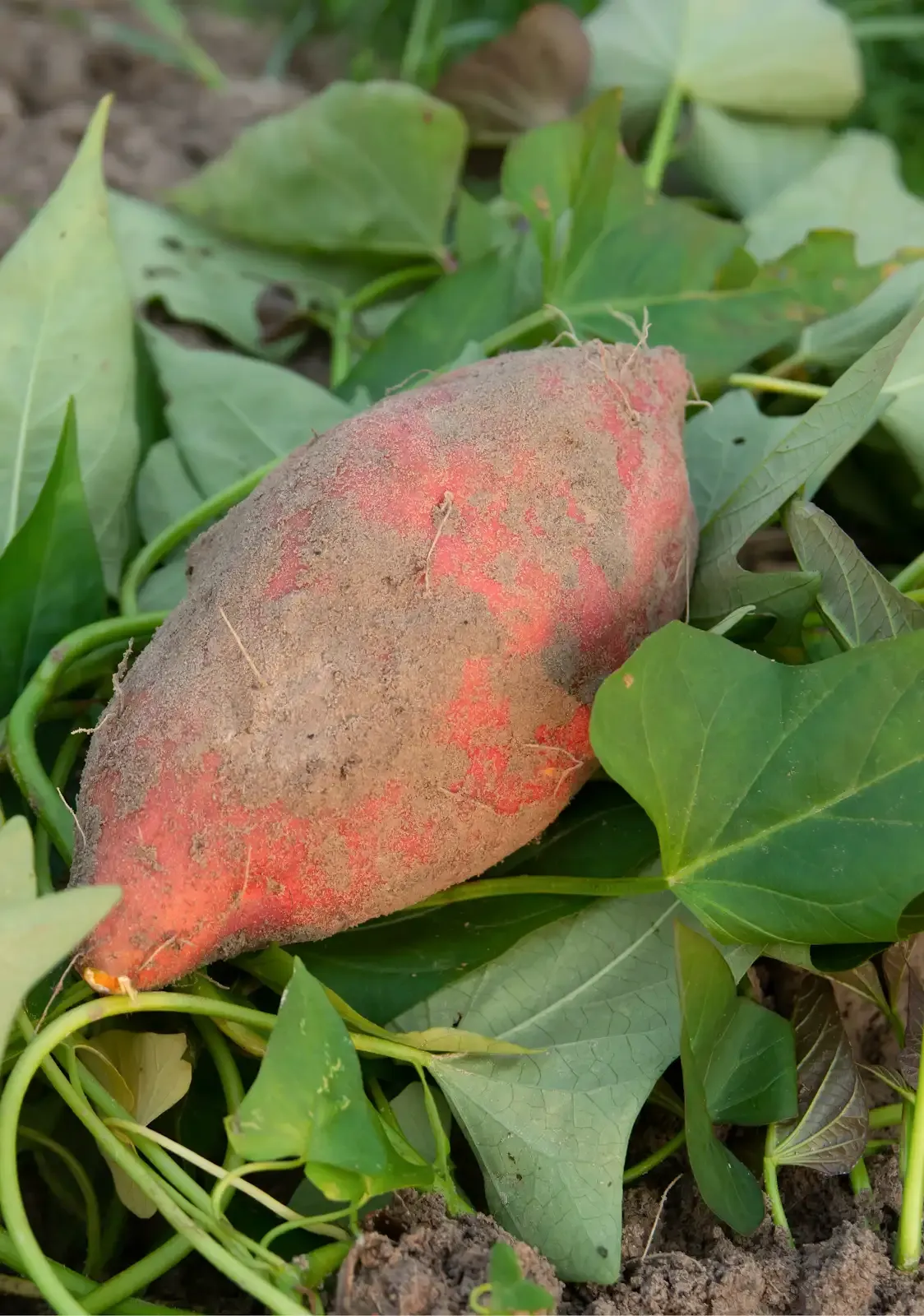




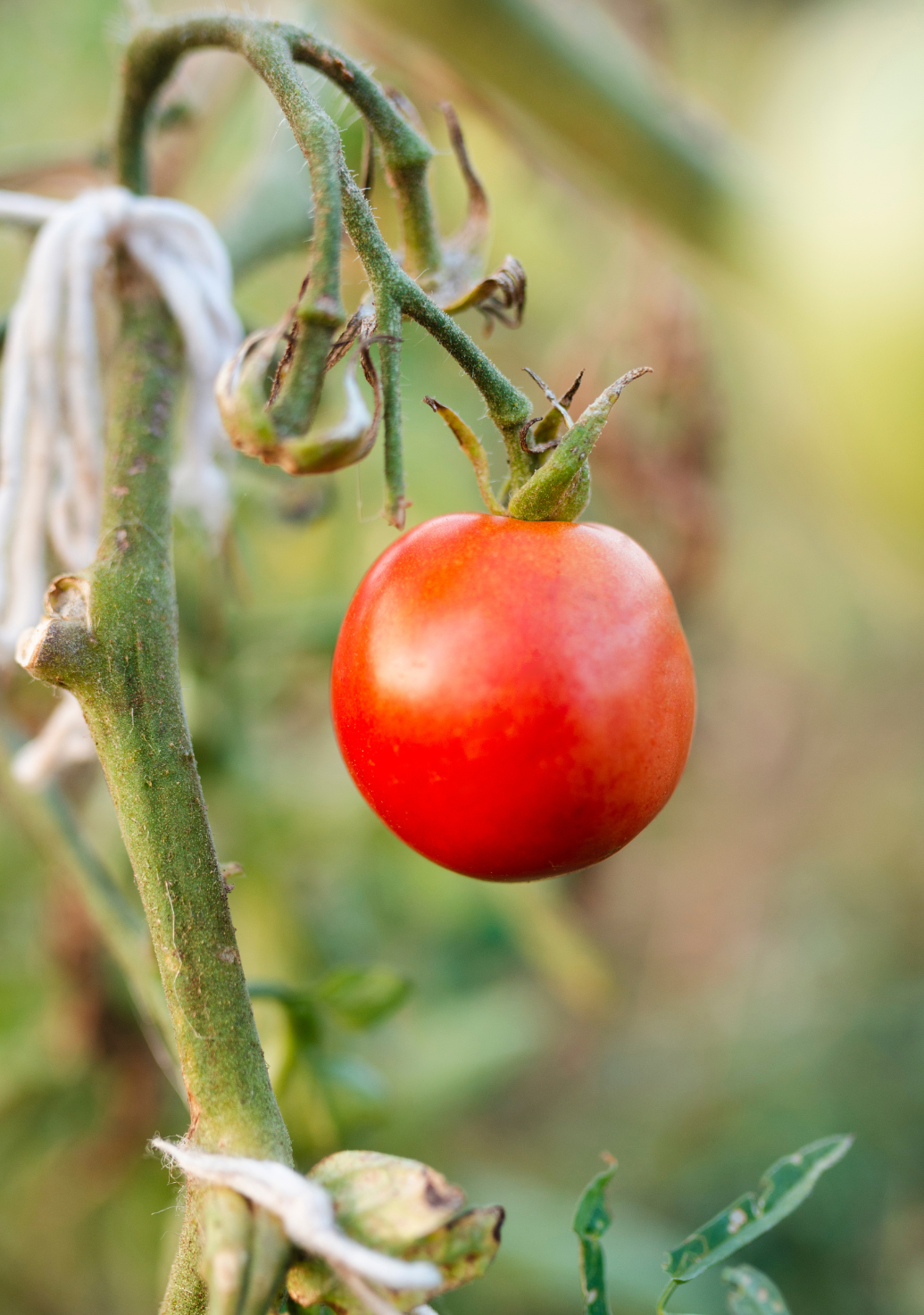
![Tomato Hybrid [Ozone-Washed]img 1 Tomato Hybrid [Ozone-Washed]img 1](https://im.pluckk.in/unsafe/1053x0/uploads/new_sku_designs_v3/112611315AA/1.jpg)
